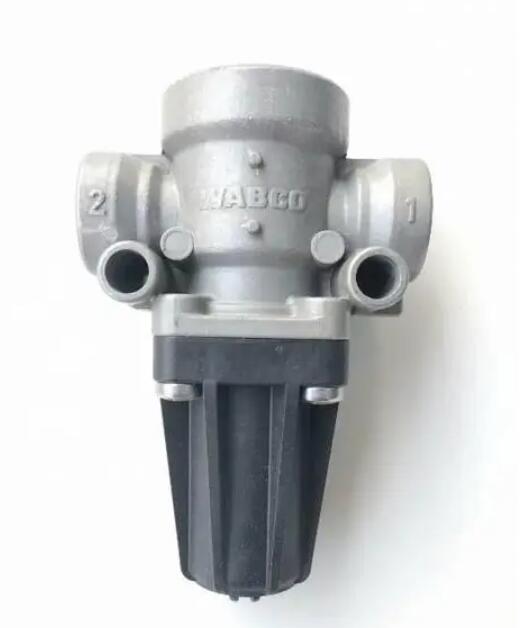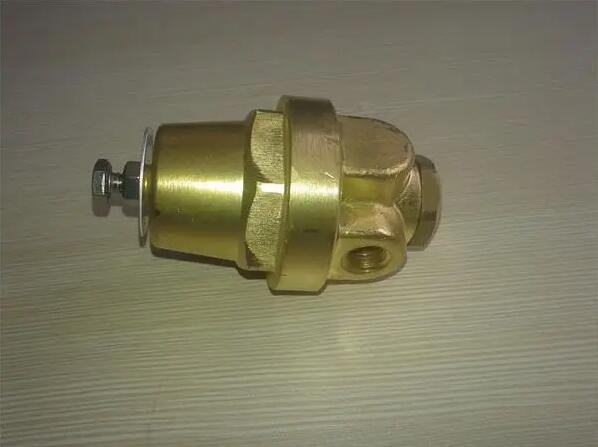Quais são as funções da válvula limitadora de pressão, válvula de segurança e válvula de retorno no sistema de lubrificação do motor?
1. Válvula limitadora de pressão

Para evitar que a alta pressão do óleo do sistema de lubrificação aumente o consumo de energia do motor e cause vazamento de óleo na conexão de vedação no circuito de óleo, uma válvula de pressão limitada é ajustada na passagem principal de óleo ou na bomba de óleo. Sua função é limitar a pressão do óleo do sistema de lubrificação para não ultrapassar o valor especificado. Seu princípio de funcionamento é que, quando a pressão do óleo no circuito de óleo do sistema de lubrificação do motor excede o valor especificado, a válvula limitadora de pressão é aberta e o excesso de óleo lubrificante flui de volta para o cárter de óleo ou a entrada de óleo da bomba de óleo , de modo a reduzir a pressão do óleo. Quanto maior a pressão do óleo, maior a abertura da válvula limitadora de pressão, mais óleo lubrificante flui de volta para o cárter de óleo e mais a pressão do óleo cai.
2.Safety valve

When the engine is working, if the primary oil filter is seriously blocked by impurities, or the oil viscosity becomes higher due to low temperature, the main oil passage will be short of oil, and the engine will lose lubrication. This is very dangerous, especially for the main bearing and connecting rod bearing. If there is no lubricating oil, the bearing alloy will be burned out due to friction and heat, and even fused with the journal, finally forcing the engine to stop working. In order to avoid the above undesirable phenomena, a bypass valve (safety valve) in parallel with the primary filter is installed in the lubrication system. When the primary filter is blocked and the pressure difference between the inlet and outlet cannot reach a certain value, the bypass valve will be pushed open, and the oil will flow directly into the main oil passage through the bypass valve without passing through the primary filter. At this time, lubrication is primary and filtration is secondary. Although the oil entering the main oil passage is not filtered and dirty, the engine will not lose necessary normal lubrication due to lack of lubricating oil, preventing dry friction.
3.Return valve

It is a liquid pressure control valve, also called overflow valve. It can play a certain role in safety protection and constant pressure overflow for the hydraulic device of the vehicle. The return valve is in the throttling regulating system of the constant displacement pump, which mainly provides constant flow. It can be adjusted according to the flow. If the system pressure increases, the flow demand will be reduced. When the overflow valve is opened at this time, the excess flow will overflow to the oil tank, thus ensuring the constant pressure at the inlet of the overflow valve.
Function of return valve
a. Steady pressure. When the system works normally, the valve is closed. Only when the load exceeds the specified limit (the system pressure exceeds the set pressure), can the overflow be opened and the overload protection be carried out so that the system pressure will not increase (usually the set pressure of the overflow valve is 10%~20% higher than the maximum working pressure of the system).
b. Unload the load. The remote control port of the return valve is connected in series with the solenoid valve with small flow. When the solenoid iron is energized, the remote control port of the return valve is connected to the oil tank, and the hydraulic pump is unloaded. The return valve can unload the load at this time.
Estabilizar componentes. A válvula de retorno é conectada em série no circuito de retorno. Se a válvula de retorno produzir contrapressão, as partes móveis serão estabilizadas nesse momento.





















